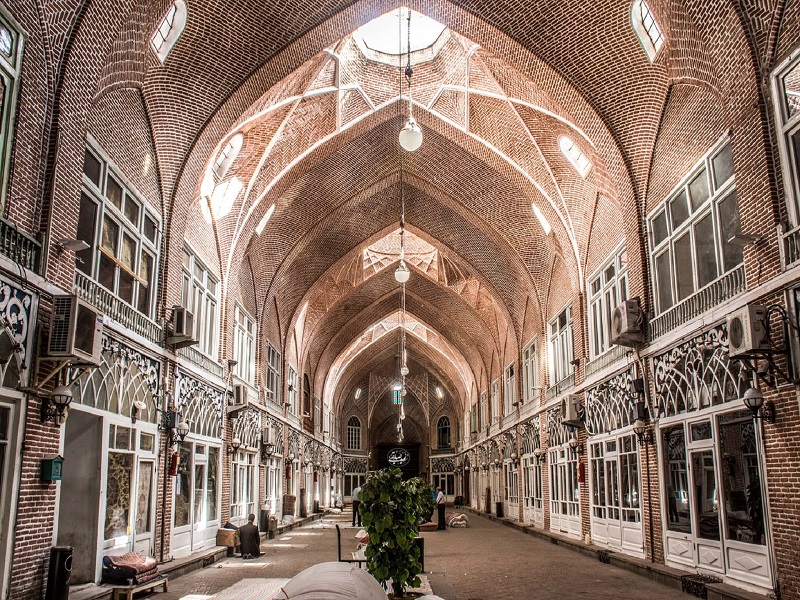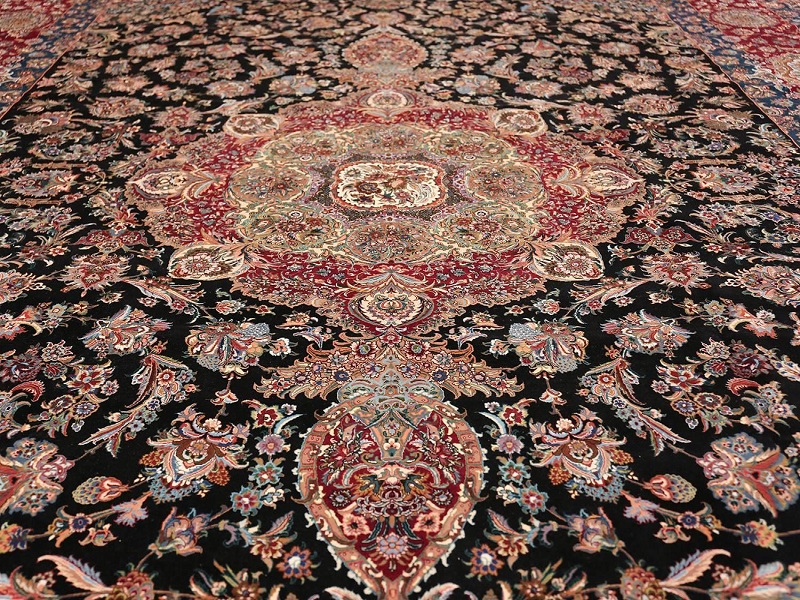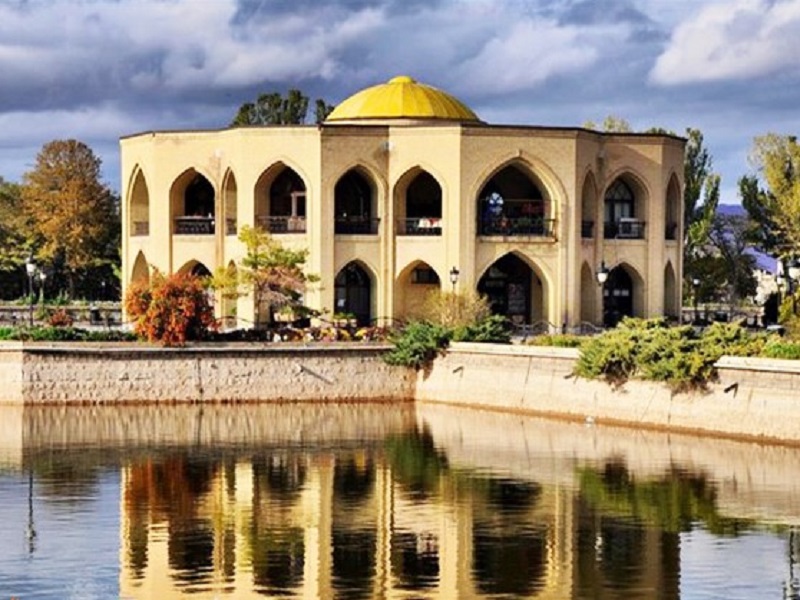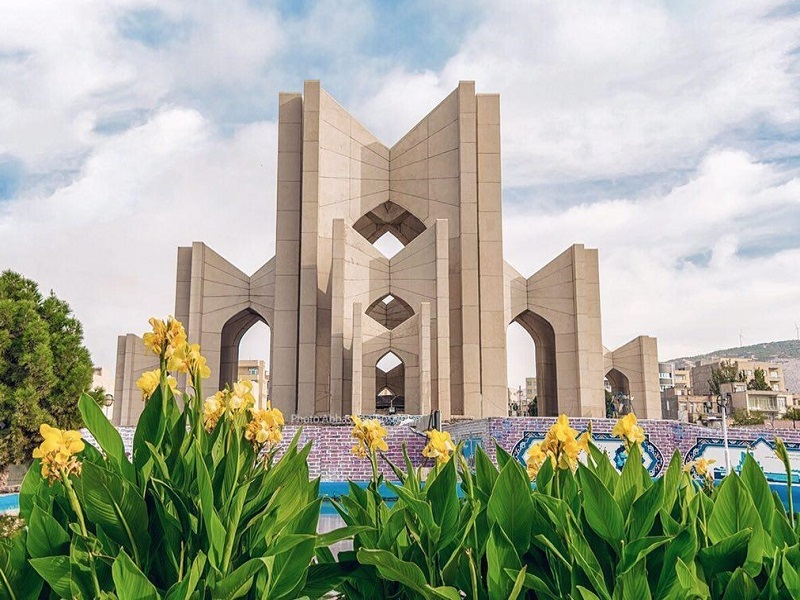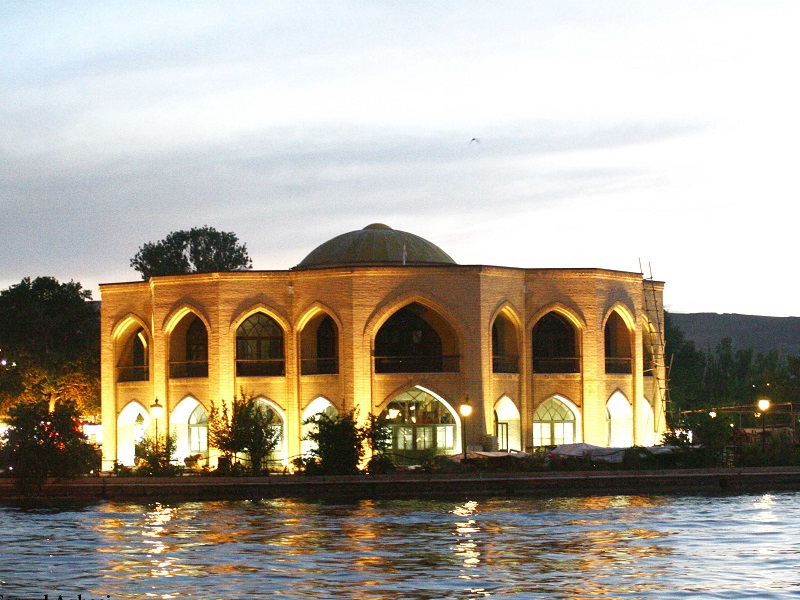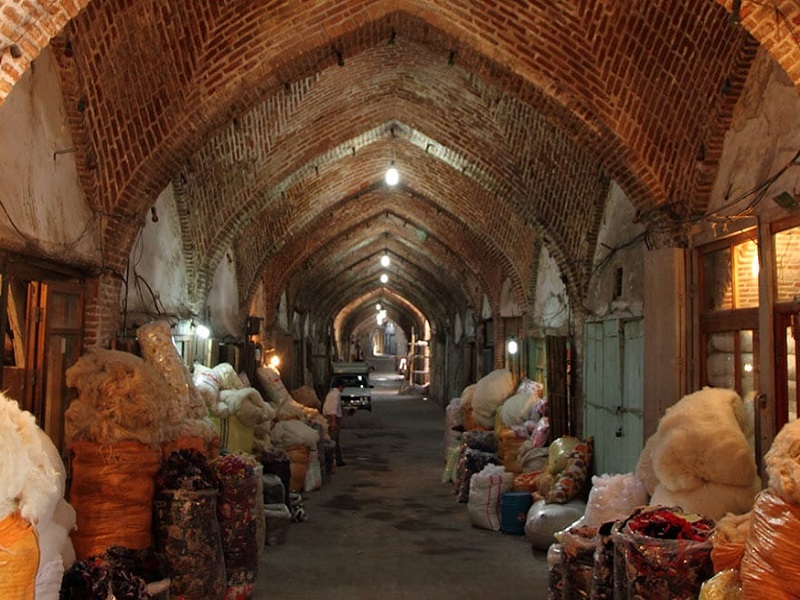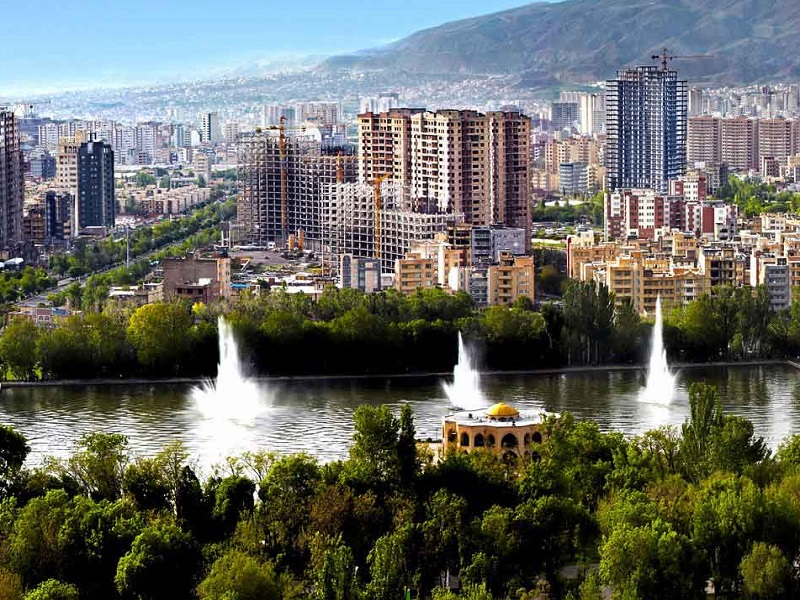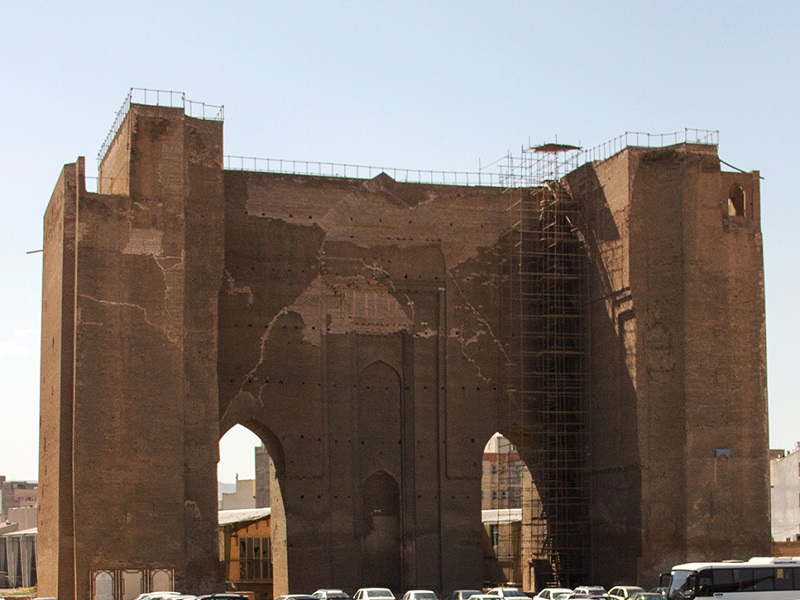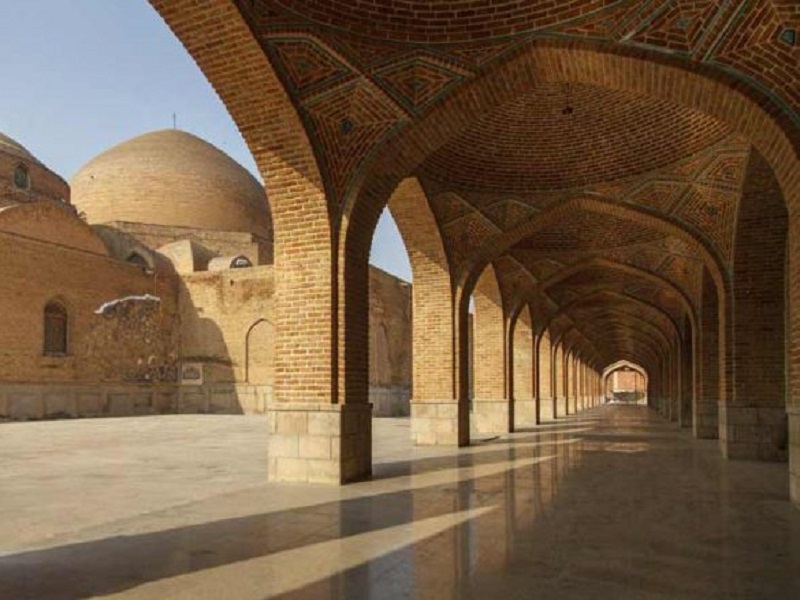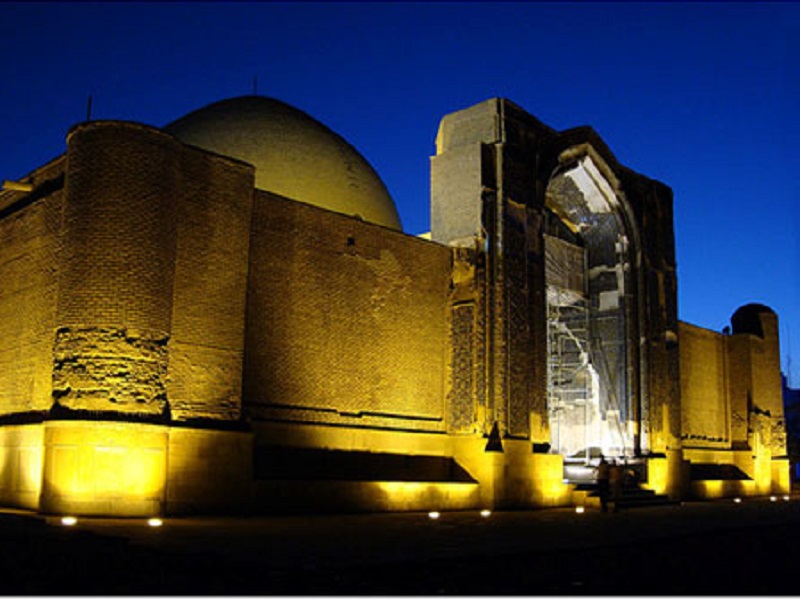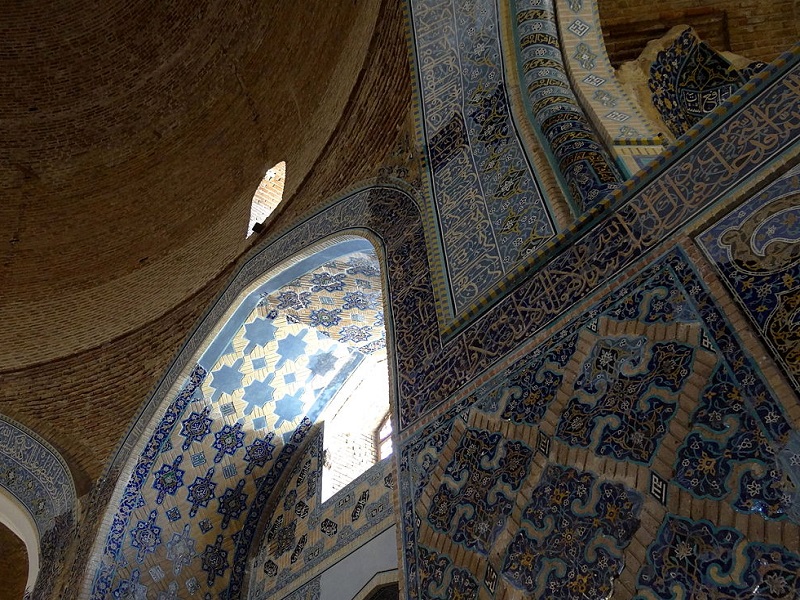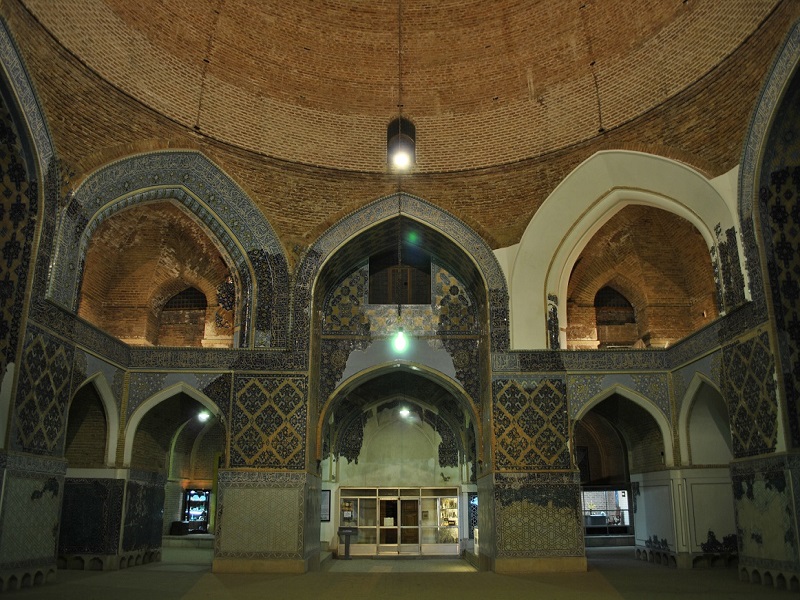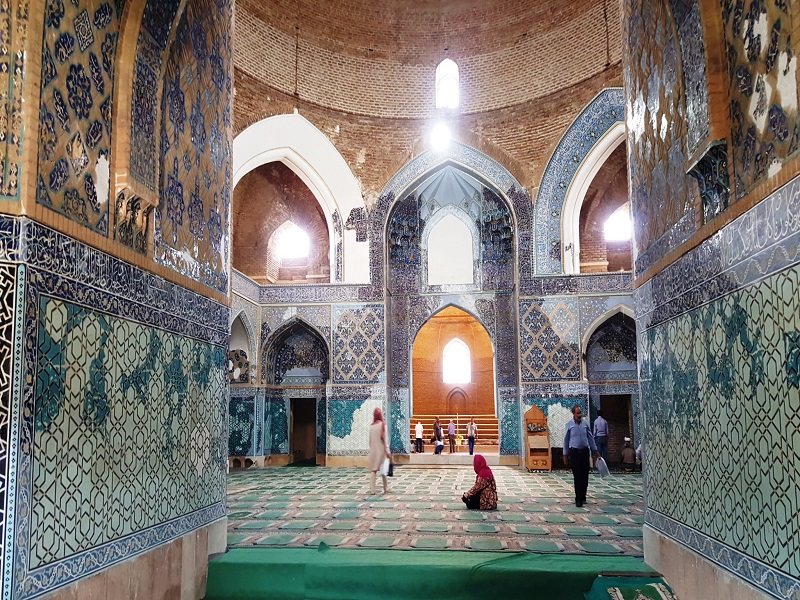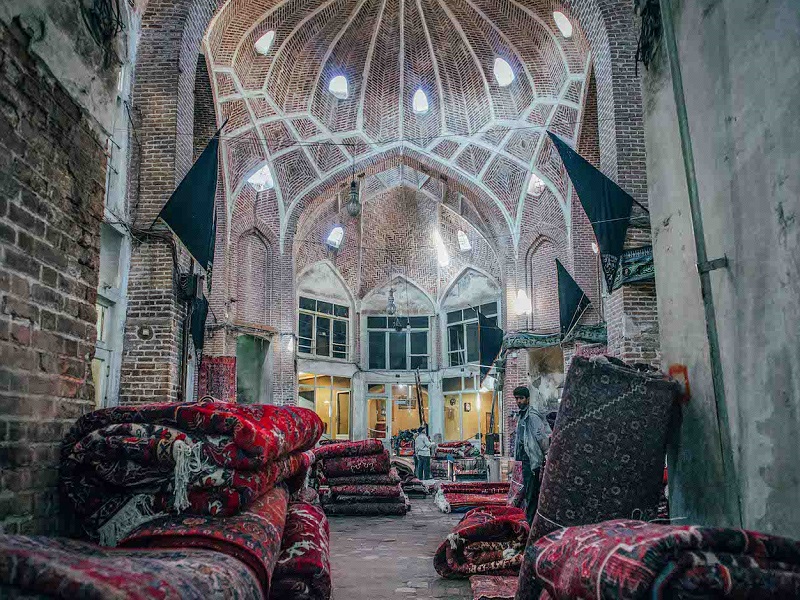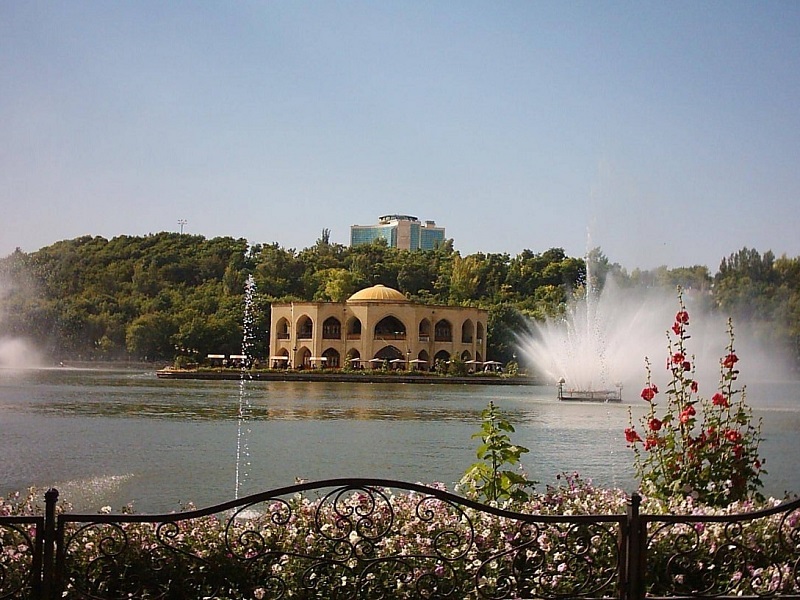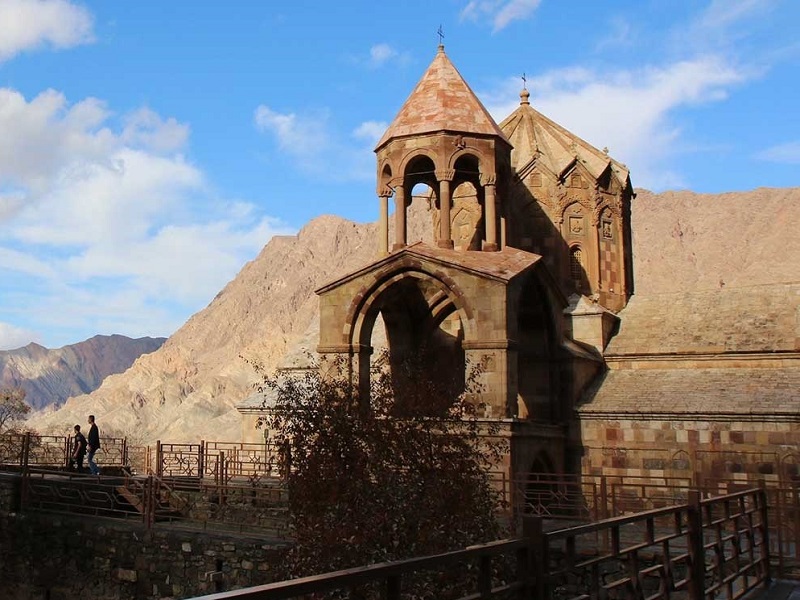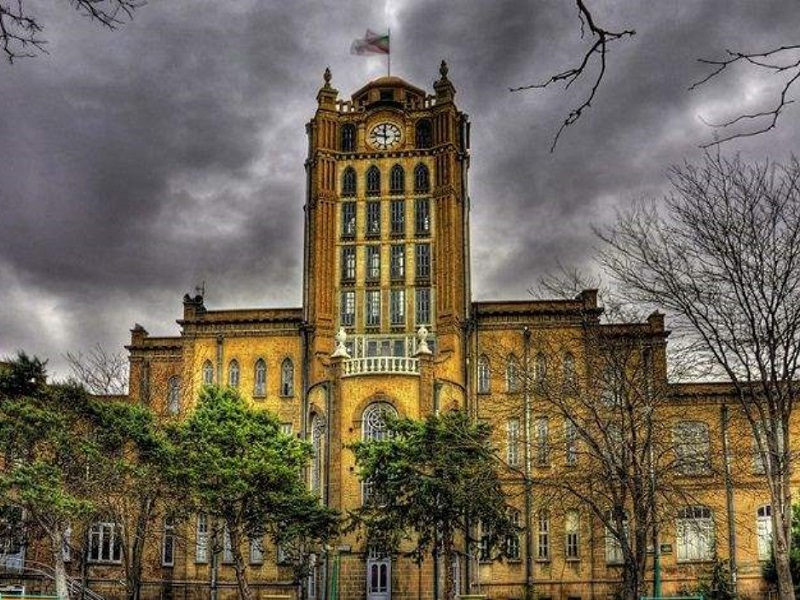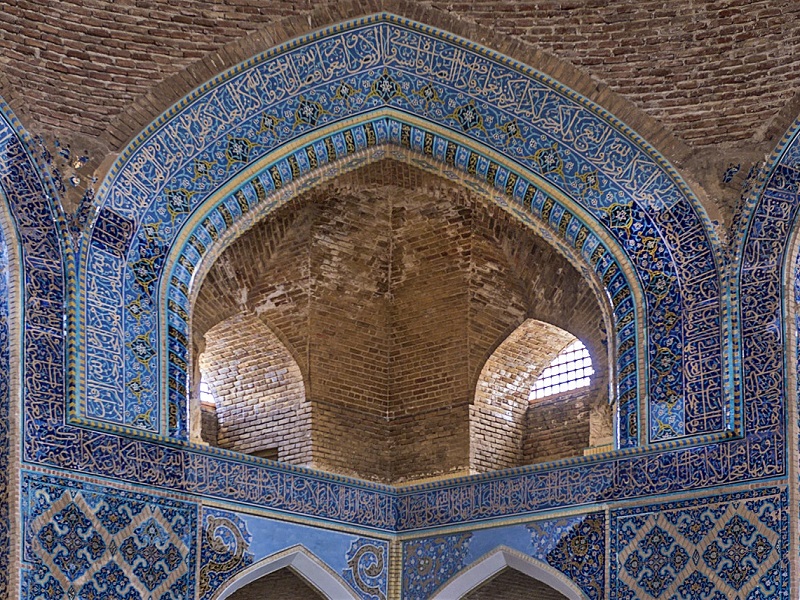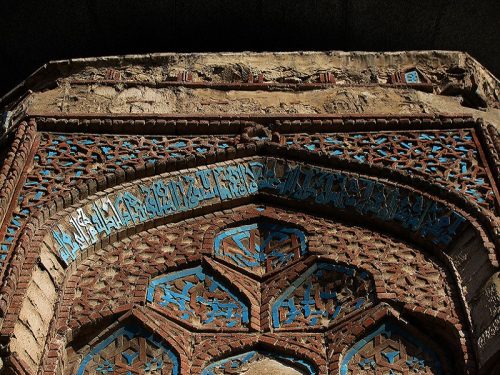Tabriz, World Carpet Weaving City
Tabriz is one of the historical capital of Iran and the present capital of East Azerbaijan Province. It is named as “World Carpet Weaving City” by the World Crafts Council and Exemplary Tourist City of 2018 by the Organization of Islamic Cooperation. Its population was 1.559 million in census 2016 and it is fourth largest city of Iran. The language of the people in this region is Azeri.
Arg-e Tabriz the symbol of city. It connects the western cities along the Silk Road and has been properly called the “Gate of the Orient”. Moreover, it is one of the main commercial, industrial, economic and cultural centers in Iran, since the past, due to its appropriate location. Given the specific geographical location, Tabriz has a high political and economic position and best-known as the “Cradle of Investment” due to the ability to attract large investments from private sectors.
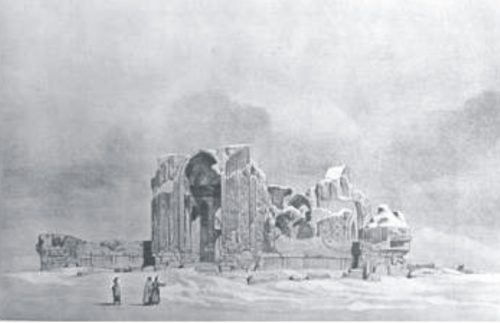
History
The history of Tabriz is full of many ups and downs during different periods. The city has been devastated many times throughout history by natural disasters or occupiers and rebuilt. The current building of this city goes back to the Parthian and Sassanid era.
During the Ghaznavid era, there was a dissension between the sons of Sultan Mahmoud to seize Tabriz, which Davood succeeded to get Tabriz, and made Tabriz his headquarters. According to historical evidence, Tabriz became the capital of Azerbaijan forever after Ghezel Arslan (4-5 AH). At the beginning of the 7th century AH, the Mongols attacked Tabriz twice but they returned by receive compensation. In the year 627 AH, the Mongols finally conquered all of Azerbaijan, especially Tabriz.
Ilkhanids era, the city was thrived. Some of Kings chose the city as their capital in this era. Marco Polo the famous Italian globe trotter, referred to the flourishing of Tabriz.
The glorious period of Tabriz continued in the Timurid, Qaraquzlu and early Safavid dynasties. It was the first capital in Safavid dynasty, but because of the Proximity to the border, and the Ottoman attack, the Shah Tahmasb moved his capital to Qazvin. At the end of Safavid period, the city experienced a major earthquake that caused extensive damage to the city.
Thousands of people were killed by the troop in the Ottoman occupation. Another major earthquake killed another thousand people in the city. This disaster caused bad conditions to the city. At the beginning of the Qajar period, the city got in the attention again and Tabriz was chosen as the crown prince. In these times, it is one of the most important economic and industrial centers in the country.
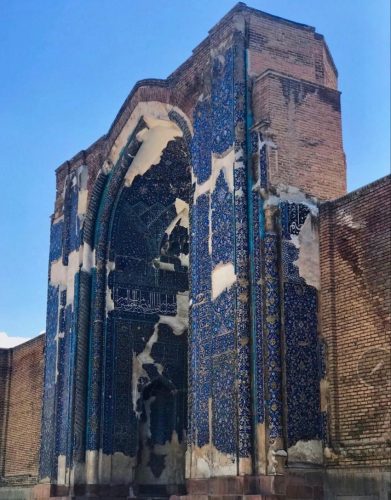
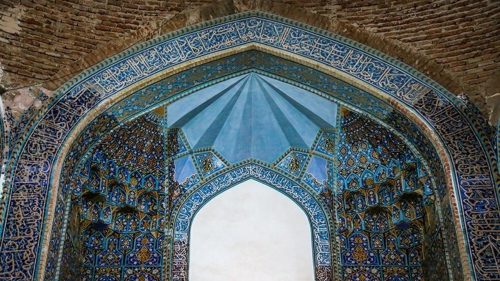
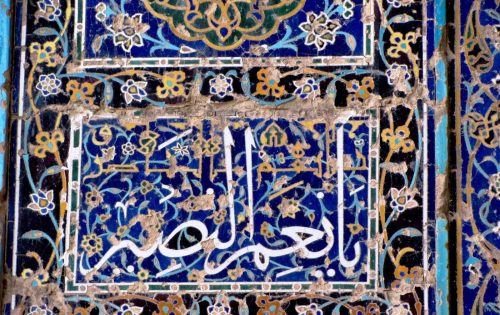
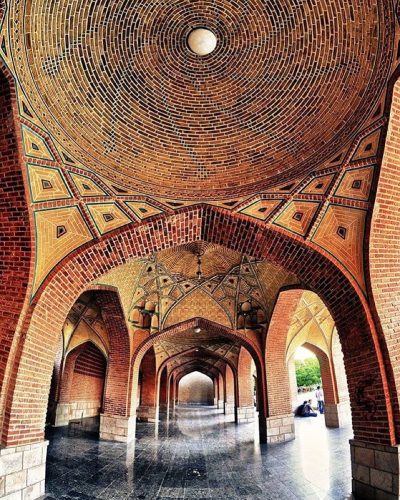
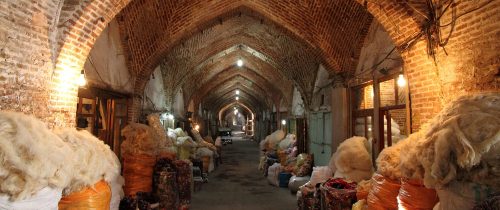
Kandovan
Kandovan is a village exemplifies man-made cliff dwellings which are still inhabited. The village is near Tabriz and it is one of the most attractive site to visit.
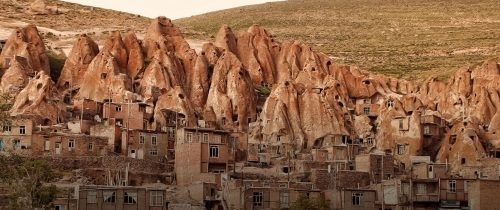
Souvenir
Among all the handicrafts of Tabriz, this city is mostly known for its handmade carpets and since 2015 it was included in WIPO as Carpet Weaving City. Carpet weaving was flourished since Safavid Dynasty and has been exported to western countries especially since Qajar Dynasty, which was continued during Pahlavi. It is still one of the major Iranian exporting goods. Moreover, Tabriz is considered as one of the major and important Carpet weaving cities of the world.
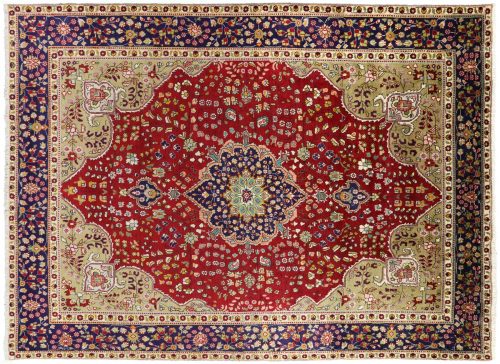
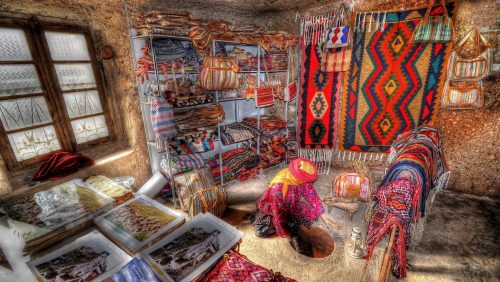
- Population: 1.559 million (2016)
- Pre phone number: +98411
- Time zone: Time zone UTC+03:30 (IRST) - Summer (DST) UTC+04:30 (IRDT)
-
Blue Mosque, also known as Kabood or Goy Mosque, is a famous heritage site in Tabriz, Iran. The mosque and some other public buildings were...
See more
